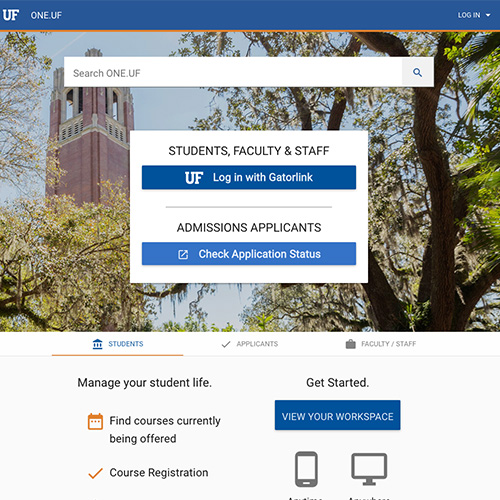FEAP 3h.- Differentiate instruction based on an assessment of student learning needs and recognition of individual differences in students
Printable Version (.pdf)
|
UNSATISFACTORY |
DEVELOPING |
ACCOMPLISHED |
EXCEPTIONAL |
| The students are reminded to work by themselves as they read the chapter and answer the questions independently.
The students replicate a model of the solar system. The teacher sends home a Student Information survey to the parents at the beginning of the year but never refers to it. The teacher knows which students have IEPs, but does an activity where everyone is given the same assignment. |
Teacher has students stand up and stretch when their energy is low. (M)
The students are allowed to work independently or with a peer when asked to read the chapter and answer the questions. The students can choose whether to draw or make clay models of the solar system. The teacher sends home a Student Information survey to the parents at the beginning of the year and refers to it to see what her students’ favorite hobbies are. The teacher assigns a reading buddy to a struggling reader. The teacher shows how students can use Unifix cubes when adding with regrouping. The teacher gives her athletic male student a chapter book about a football team for silent reading time.
Teacher uses fractions pretest results to make center activities for the week… paying attention to visual, auditory and kinesthetic learners. The teacher has the class play “Quiz-Quiz-Trade to practice spelling their spelling words.”
|
The teacher has the students jump to the number of syllables in their spelling words.
When asked to read the chapter and answer the questions, the advanced readers have a more challenging set of questions. The students can share what they learned about the solar system by either making a pamphlet, making a clay model, or writing a song. The teacher sends home a Student Information survey to the parents at the beginning of the year and refers to it periodically to help plan projects including their various learning style preferences. The teacher has her visual learners reviewing some instructional charts while the auditory learners listen to a taped lesson about atoms. The teacher has Unifix cubes available for students’ use when they complete their addition with regrouping worksheets. The teacher gives her athletic male student several sports-themed chapter books to choose from for silent reading time. Teacher uses pretest results to create a challenging project with fractions for some students in place of the center activities. The teacher has the answers listed on the back of the “quiz” cards for “Quiz-Quiz-Trade.” The teacher is sure that all students know the content necessary to play “Talk a Mile a Minute.” (M)
|
Teacher asks students to create nonlinguistic representations for new content ” Graphic organizers ” Pictures ” Pictographs ” Flow charts (M)
When the class is learning about the Revolutionary War, there are video clips, books on varying levels, and artifacts available for students to review. The students can share what they learned about the solar system by either making a pamphlet, making a clay model, or writing a song or informing the teacher of their own idea. The writing samples used to model strong opening “hooks” are on varying reading levels. The teacher has an interactive website modeling regrouping for students to refer to when they are completing their worksheet on addition with regrouping. The teacher asks her athletic male reluctant read what sport he likes best, then finds him a book on his independent reading level for silent reading time. Teacher uses pretest results to create a challenging project and provide small group instruction as an option to center activities. The teacher assigns the less–strong students as the reporter when playing Jeopardy to review scientific terms. The teacher has some students create the “quiz” cards answers for “Quiz-Quiz-Trade.” Teachers have two worksheets prepared for the same story…one with mostly retrieval questions and the other with predictive questions. (M) |
Where noted, examples based on:
“(D)” – Danielson C. (1996). Enhancing professional practice: A framework for teaching.
Alexandria, Va: Association for Supervision and Curriculum Development.
“(M)” – Marzano, R. J. (2007). The art and science of teaching: A comprehensive
framework for effective instruction. Alexandria, Va: Association for Supervision and Curriculum Development.
Resources:
Ideas/ tools for differentiating instruction
http://www.readwritethink.org/search/?resource_type=16&type=30
http://www.glencoe.com/sec/teachingtoday/subject/di_meeting.phtml
http://www.edutopia.org/blog/differentiated-instruction-strategies-pbl-andrew-miller
Tools for designing assessments
http://www.apa.org/education/k12/classroom-data.aspx




